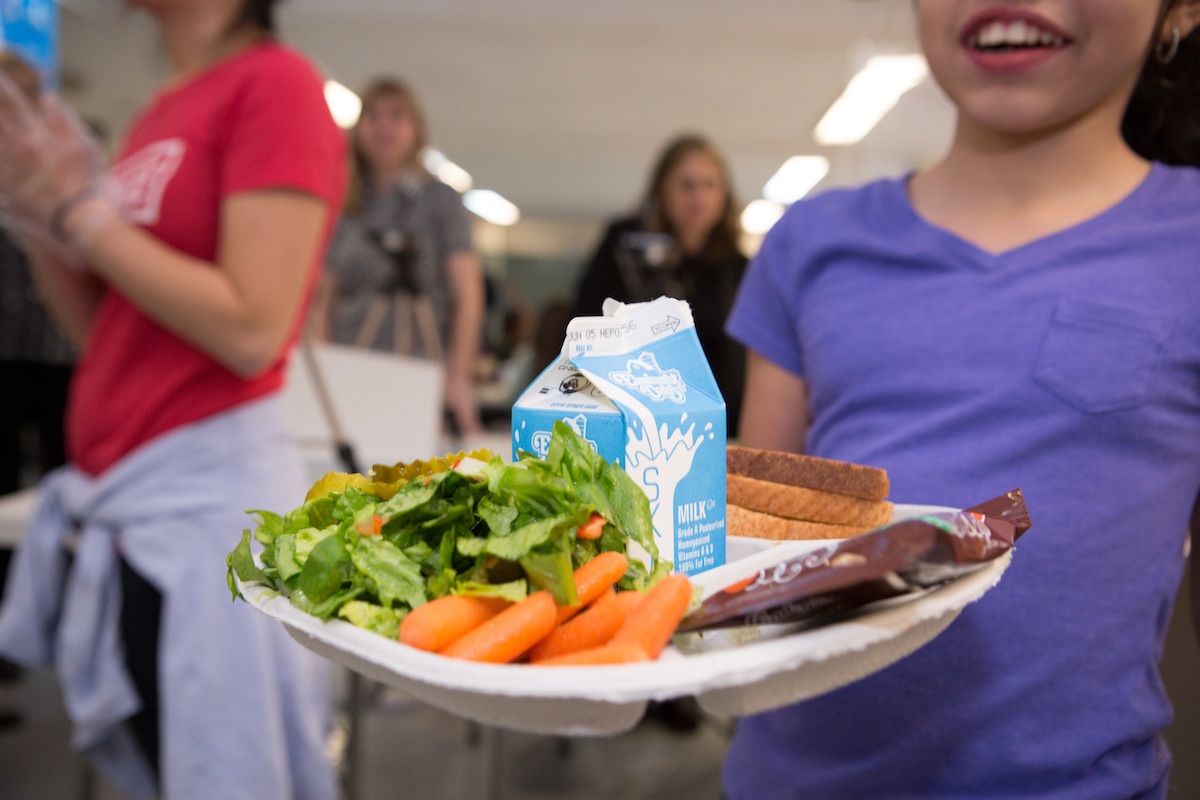The National School Lunch Program launched in 1946, but the current focus on improving school meals gained momentum in the 1990s. In 1996, we worked on the initial development and evaluation of the Cookshop Program. The evaluation took place in two NYC public schools. It was the first known study to investigate if nutrition education that involved cooking and eating the same recipes as were served in the cafeteria was more effective at changing school lunch consumption of vegetables and whole grains than nutrition education without these direct food experiences. In the lunchroom, all students in the study were offered at least one of 13 new vegetable and whole grain recipes every day over the intervention period of five months. The results showed that children who had the Cookshop Program were more likely to try the target foods in school lunch than children who received no nutrition education, but also compared to children who received standard nutrition education without the cooking component. These results demonstrate that only changing what is offered in the lunchroom, without being accompanied by direct experiences with the new recipes, is not enough for students to try and accept new, more healthful foods.
Related Publications:
Liquori T, Koch P, Contento IR, Castle J. The Cookshop Program: Outcome Evaluation of a Nutrition Education Program Linking Lunchroom Food Experiences With Classroom Cooking Experiences. Journal for Nutrition Education. 1998; 30(5):302-313.
